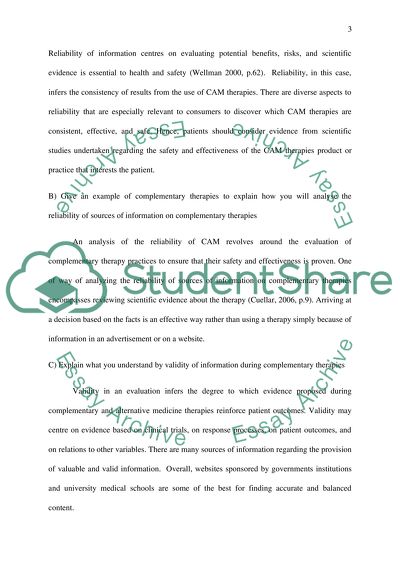Cite this document
(“Complementary and Alternative Medicine Coursework”, n.d.)
Retrieved from https://studentshare.org/health-sciences-medicine/1401627-health
Retrieved from https://studentshare.org/health-sciences-medicine/1401627-health
(Complementary and Alternative Medicine Coursework)
https://studentshare.org/health-sciences-medicine/1401627-health.
https://studentshare.org/health-sciences-medicine/1401627-health.
“Complementary and Alternative Medicine Coursework”, n.d. https://studentshare.org/health-sciences-medicine/1401627-health.


